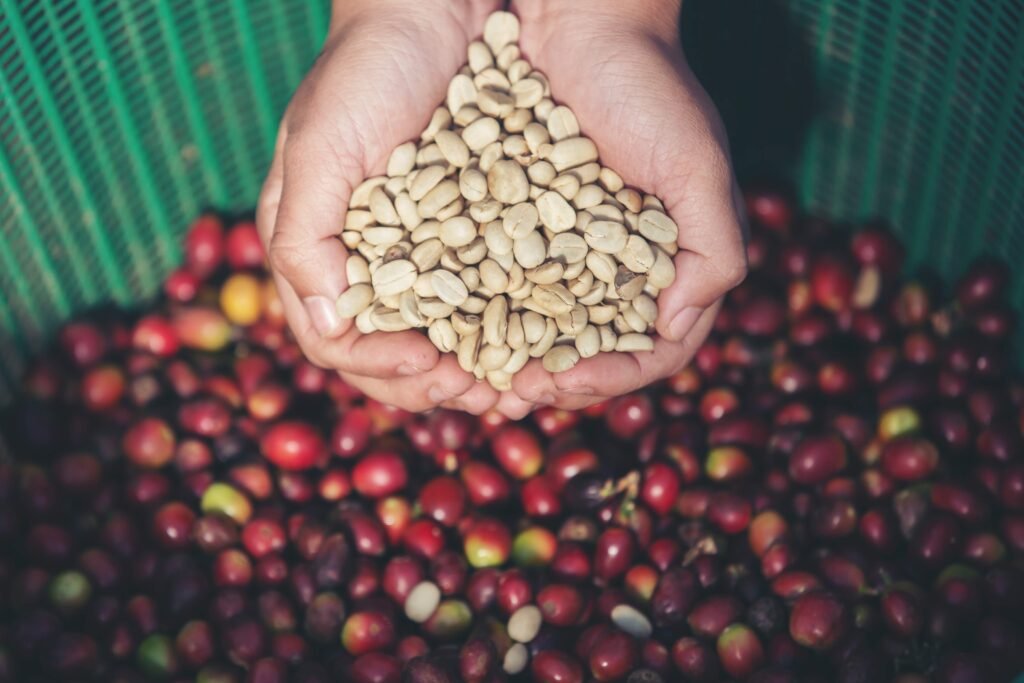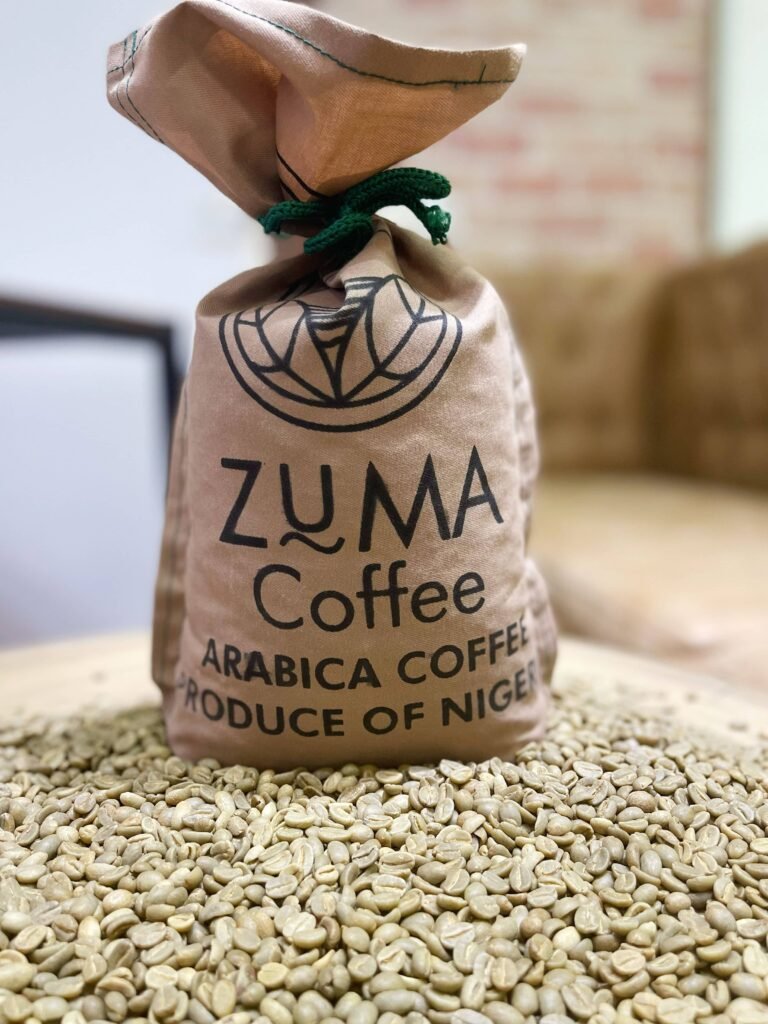Table of Contents
ToggleIntroduction
Did you know that coffee is a fruit?
My interest in this topic started when I heard James Hoffman say that coffee is a vegetable. I thought he was reaching and I did a search with the question, ‘Is coffee a vegetable?’
Though I did not find any support for coffee being a vegetable, I did see a ton of articles saying coffee is a fruit, and though there is some explanation as to why this is. I am not yet convinced that coffee is a fruit.
You might be surprised to learn that coffee starts its journey as a fruit – a cherry-like fruit known as a coffee cherry. In this post, we’ll take a closer look at coffee cherries, how they are harvested, and the process they undergo to become the coffee beans we all know and love.
And most importantly, we will answer the question of whether coffee beans can be classified as fruit because they developed from a fruit. In the end, we shall determine if coffee is a fruit or not.

Coffee is a Fruit! Or What are Coffee Cherries?
Coffee cherries are the fruit of a coffee plant. These cherries grow in tropical regions around the world, with the most popular species being Arabica and Robusta. The cherries start green and then ripen to a deep red color, indicating that they are ready to be harvested.
Harvesting Coffee Cherries
The cherries need to be picked at the peak of ripeness to ensure the best flavor in the final coffee product so it is important to know the right time to harvest the coffee cherry. There are two main methods of harvesting coffee cherries:
-
Selective Picking: This method involves hand-picking only the ripe cherries from the coffee plant. While this method is more labor-intensive, it results in a higher-quality coffee bean.
-
Strip Picking: In strip picking, all the cherries on the coffee plant are harvested at once, regardless of their ripeness. This method is quicker but can result in a lower-quality

Processing Coffee Cherries
Once the cherries are harvested, they undergo a process to remove the outer layers and extract the coffee bean. There are two primary methods of processing coffee cherries:
-
Dry Method: In this method, the cherries are spread out in the sun to dry. They are then hulled to remove the outer layers and reveal the green coffee bean inside.
-
Wet Method: The wet method involves removing the outer layers of the cherries using water. The cherries are pulped to remove the skin and pulp, leaving behind the parchment and green bean.
Cherries are unarguably fruit. At this point of getting the beans out of the fruit, doesn’t the nature of the thing change to maybe a seed?
Drying and Storage
After processing, the coffee beans will be dried to the correct moisture content to prevent mold and spoilage. Once dried, the beans are stored in a cool, dry place to maintain their freshness until they are ready to be roasted.
Traditional vs. Modern Processing Methods
While traditional coffee processing methods are still used in some regions, modern industrial methods have become more common. Traditional methods often result in a more flavourful bean, as the cherries are dried with the pulp still intact, allowing the flavours to develop more fully.

Conclusion
In conclusion, coffee cherries are fruits. And since the beans are in the cherry, it follows that the end product (roasted coffee beans), comes from inside a fruit.
I’d argue though, that the roasting and brewing changes everything. One can say the coffee started off as a fruit without calling the ned product a fruit like saying coffee is a fruit.
What do you think?
P.S – You can buy fresh coffee beans here.

esewalter
Mom | Yoga Teacher | Coffee Blogger | Legal Mind. I explore coffee's journey from farm to cup and especially how you can start your home brewing journey.



